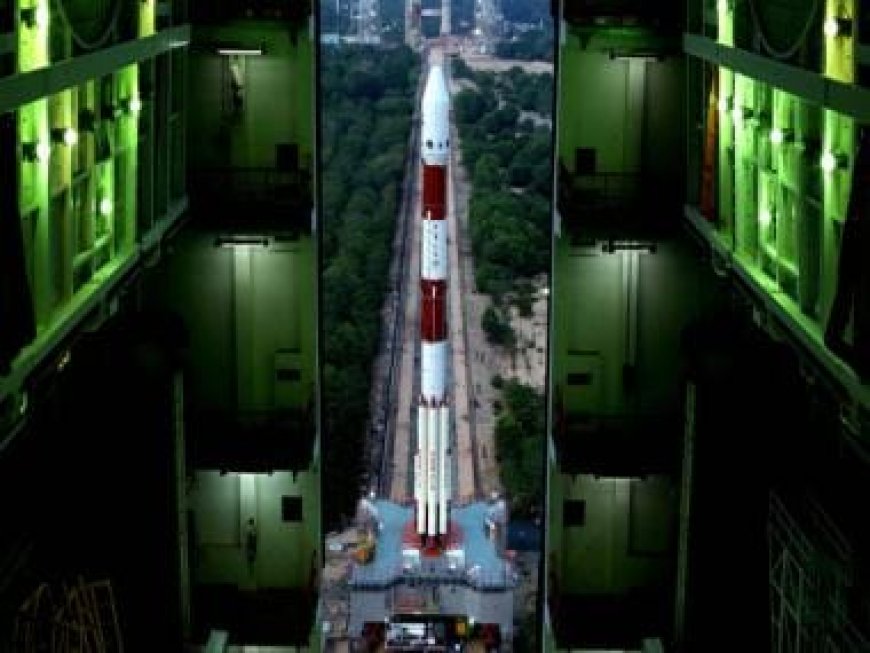3...2...1...: ISRO reveals photos of Aditya-L1's PSLV-C57 rocket ready for take off at Sriharikota
3...2...1...: ISRO reveals photos of Aditya-L1's PSLV-C57 rocket ready for take off at Sriharikota

ISRO is all but set to launch the PSLV-C57 rocket that will carry the Aditya-L1 solar observatory on September 2, and has shared images of the rocket, as engineers proceed with their final round of inspections.
ISRO also tweeted that the preparations for the launch are progressing as per schedule and that the first phase of the launch rehearsals, which basically involves the internal checks of the PSLV have been completed.
PSLV-C57/Aditya-L1 Mission:
The preparations for the launch are progressing.The Launch Rehearsal – Vehicle Internal Checks are completed.
Images and Media Registration Link https://t.co/V44U6X2L76 #AdityaL1 pic.twitter.com/jRqdo9E6oM
— ISRO (@isro) August 30, 2023
ISRO also shared images of the Aditya L1 Observatory, as well as the propulsion module that will take it to Lagrange Point 1 or L1.
What are Lagrange Points
Lagrange Points denote specific positions in space where the gravitational forces exerted by celestial bodies, in this case, the Sun and the Earth, result in concentrated areas of both attraction and repulsion. This interplay enables smaller objects like satellites or orbiters to effectively maintain their position while orbiting around a particular undefined point.
These strategic points have practical applications for spacecraft, enabling them to conserve fuel and effectively hold their position.
In the context of the Earth-Sun system, Lagrange Point 1 (L1) is positioned between the Earth and the Sun, approximately 1.5 million kilometres away from Earth, directly in line with the Sun. This precise point aligns with the imaginary line connecting these two celestial bodies and falls along Earth’s orbital path around the Sun.
Aditya-L1’s objectives
The Aditya-L1 mission is equipped with seven distinct scientific instruments designed to meticulously examine various layers of the Sun, including the photosphere, chromosphere, and the outermost layer known as the corona. These instruments utilize electromagnetic particle and magnetic field sensors to conduct their observations.
Among these instruments, four have an unobstructed view of the Sun, while the remaining three focus on conducting on-site investigations of particles and fields within Lagrange Point L1. Consequently, this mission assumes a pivotal role in advancing our comprehension of diverse solar phenomena and their impacts on the interplanetary environment and Earth.
The Indian Space Research Organisation (ISRO) further elucidated that the instrumentation carried by the Aditya L1 payloads holds the potential to provide crucial insights into critical areas such as coronal heating, coronal mass ejections, pre-flare and flare activities, along with their distinct characteristics. Additionally, these investigations will enhance our understanding of space weather dynamics and the behavior of particles and fields as they propagate through space.
What's Your Reaction?


























































